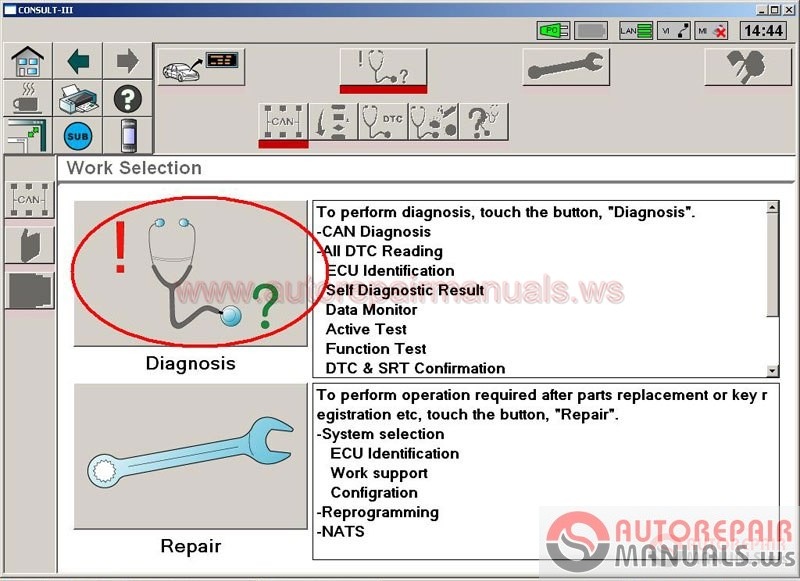
They usually come as a tablet-sized equipment, that tells you absolutely everything that is wrong with your vehicle with a single scan. Professional Scanners: These are the ones you find in car manufacturing plants and advanced repair spots.These scanners can also connect to your mobile device or PC for easy data access. It pinpoints where the problem is and offers recommendation as to the necessary fix to be applied. This is particularly good if you’re looking to carry out self-repairs. They read the DTC and tell you what it means. DIY Scanners: The do-it-yourself (DIY) scanners are a tad more advanced than the basic code readers.This type is more common in auto shops and they’re usually the cheapest scanners.

If you want to find out, then you’ll have to check it out online. These devices only read the “trouble” and present the standard code that represents that particular issue, but it will not tell you what that code means.

The frustrating thing about this light though, is the fact that it doesn’t actually tell you exactly what is wrong with your car… and so the uncertainty continues! This warning comes in the form of the Malfunction Indicator Light ( MIL) a.k.a., “ check engine” light. The true beauty of having a car lies in having it answer when you call! You certainly wouldn’t want your car to go dying on you on the highway, on the way to your daughter’s graduation, would you? This is why an OBD2 scan tool is a very important piece of tech to have – trust me, it can be a real, life saver.įunny thing is – your vehicle must have actually been trying warning you before then.


 0 kommentar(er)
0 kommentar(er)
